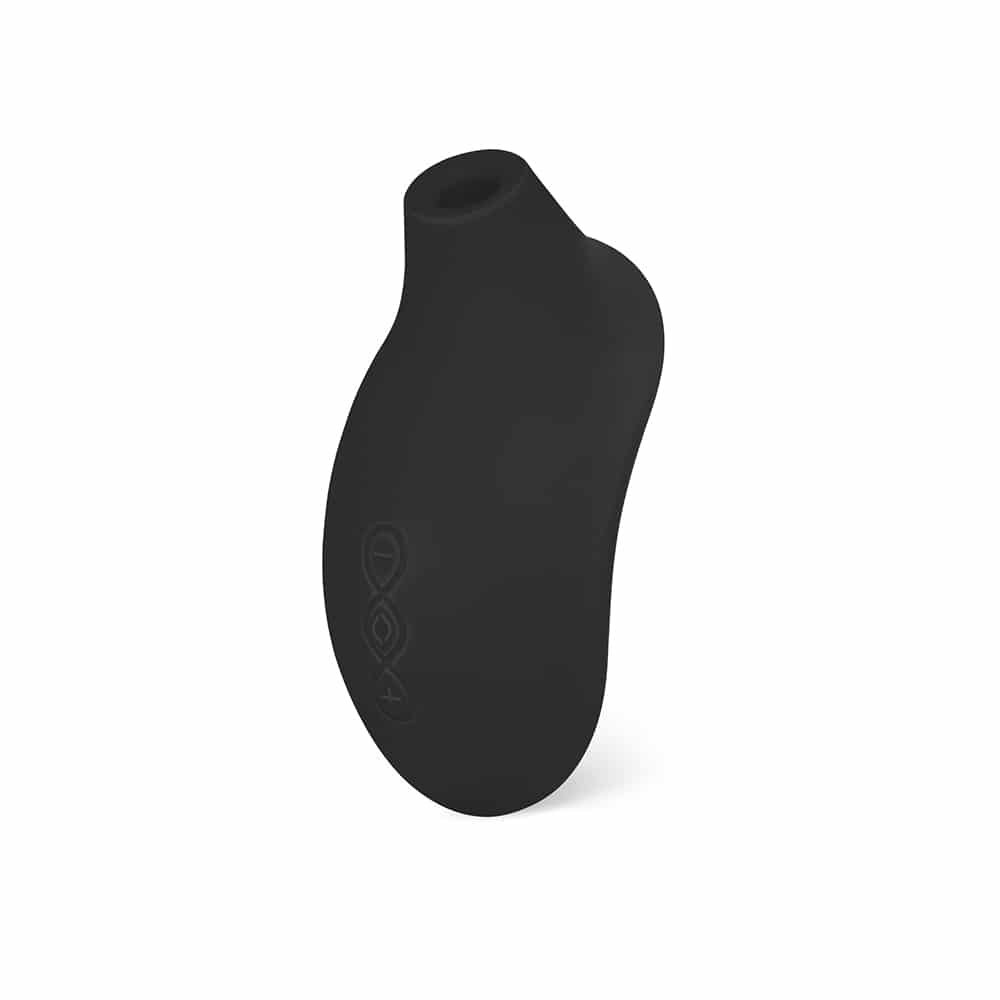Sexual health is the foundation for sexual pleasure, and there are a wide range of conditions that can impact someone’s sexual experience.
That’s the case for people with Penile Mondor’s Disease (PMD), a rare genetic disorder that affects cis men and people who were assigned male at birth (AMAB).
This disorder can impact not only your sexual health but your overall health. Let’s explore what exactly PMD is and how to treat it.
What Is Penile Mondor’s Disease?
Penile Mondor’s Disease is one form of Mondor’s disease – a condition that causes thrombophlebitis (an inflammatory process that causes blood clots to form in veins) in the breast, chest wall, and arms. In the case of PMD, it occurs in the penis.
Although PMD is a benign condition, meaning it’s not necessarily harmful, it can be incredibly painful and affect someone’s sex life and overall well-being. Before getting an accurate diagnosis, having random pains and a lump in your genitals can be a huge cause for concern and it’s normal to feel anxious about it.
PMD is marked by inflammation that causes a blood clot, or “thrombophlebitis” in a vein near the top of the penis. This vein runs the length of the organ, also called the “superficial dorsal vein” and resembles a cord or hard rope. It is typically between 1 and 4 inches (2.54 – 10.16 cm) long.
The hardening of the dorsal vein at the head of the penis is often visible and is typically the first symptom. After that, the most common symptoms of PMD include:
- The vein on the top of the penis feels like a hard rope
- Pain along the top of the penis that’s typically gets worse when you have an erection
- Difficulty urinating
- Reddening of the skin
- Constant or intermittent pain in the penis
- Edema or swelling of the penis
- A lesion over the pubic bone
Symptoms typically appear within 24 to 48 hours after a triggering event. They may also appear at random, without triggers.
Causes of PMD
Most experts believe there is a genetic component to PMD, but because the condition is so rare it’s hard to determine the exact causes. Someone with a genetic predisposition to blood clotting disorders, like antithrombin III, has a higher risk of developing PMD.
Certain things can trigger a PMD:
- Having very rough or frequent sex
- Slowing of blood to the penis from a prolonged erection
- Infections in the urethra or penis
- Experiencing trauma or injury to the penis
- The use of a penile vacuum.
It can also occur in people with prostate or bladder cancers. People who are more likely to experience injuries may be at a higher risk of PMD, like athletes and bodybuilders.
This disorder can affect sexually active AMAB people of any age. Because it’s so rare, there are no accurate statistics on the prevalence of PMD. An article from Science Direct stated that in over 25 years, less than 500 cases have been reported. There are likely more cases that go undiagnosed because people are embarrassed or symptoms resolve on their own before they seek treatment.
Treating PMD
PMD often goes away on its own, but it’s still advised to refrain from sexual activity until your symptoms subside.
As with any other medical issue, the first step to treatment is undergoing tests and getting a proper diagnosis. Your medical provider, typically a urologist, will give you a comprehensive physical exam and you may also need ultrasound imaging to help confirm a diagnosis.
The ultrasound helps to show the approximate speed and direction of blood flow in the penis. People with PMD typically have slower blood flow in the dorsal vein of their penis. Further diagnostic tools may include getting an MRI to help give a larger picture of a patient’s vein system.
Although PMD is generally benign, in some cases a biopsy may be performed. This is done to help detect or rule out any underlying issues. Biopsies are not typically done in cases of PMD because as an invasive procedure, they’re not usually necessary for a harmless, albeit uncomfortable, condition.
PMD Medications
After getting a diagnosis, the first two treatment tools involve topical creams and abstinence. Anti-inflammatory medicines applied to the skin may help to reduce symptoms like inflammation and pain. These are typically prescribed along with instructions to abstain from sexual activity while you’re undergoing treatment.
People with prolonged, treatment-resistant symptoms (6+ weeks) may be prescribed an oral medication called heparin. Heparin is not often prescribed because the potential side effects, like liver toxicity and bleeding, may outweigh the possible benefits.
Surgery
Although very rare, people with severe long-term cases may require surgery to remove the blood clot. Surgery for PMD is called a thrombectomy, which is the general surgical term to remove blood clots from various parts of the body. A thrombectomy for PMD involves removing the clot followed by the removal, or resection, of the affected dorsal vein. This is usually an outpatient procedure that typically takes about 8 weeks to recover from.
As with any surgery, a thrombectomy does come with potential risks like a reaction to anesthesia, infection, pulmonary embolism (blood clot in an artery in the lungs), damage to the affected blood vessel, and hemorrhage (excess bleeding).
There is also a risk that PMD can occur again, even with surgery.
What To Remember About PMD
Although rare and generally benign, PMD can be painful and interfere with your sex life and general day-to-day comfort. It’s important to seek medical care to give you an accurate diagnosis and rule out any other potential health issues.
See also:
- How Men and Women Experience Arousal Differently
- Why the Heck Do Men Have Nipples?
- Why Some Men Love Hearing About Their Partner’s Sexual Pasts
Discover pleasure with:







